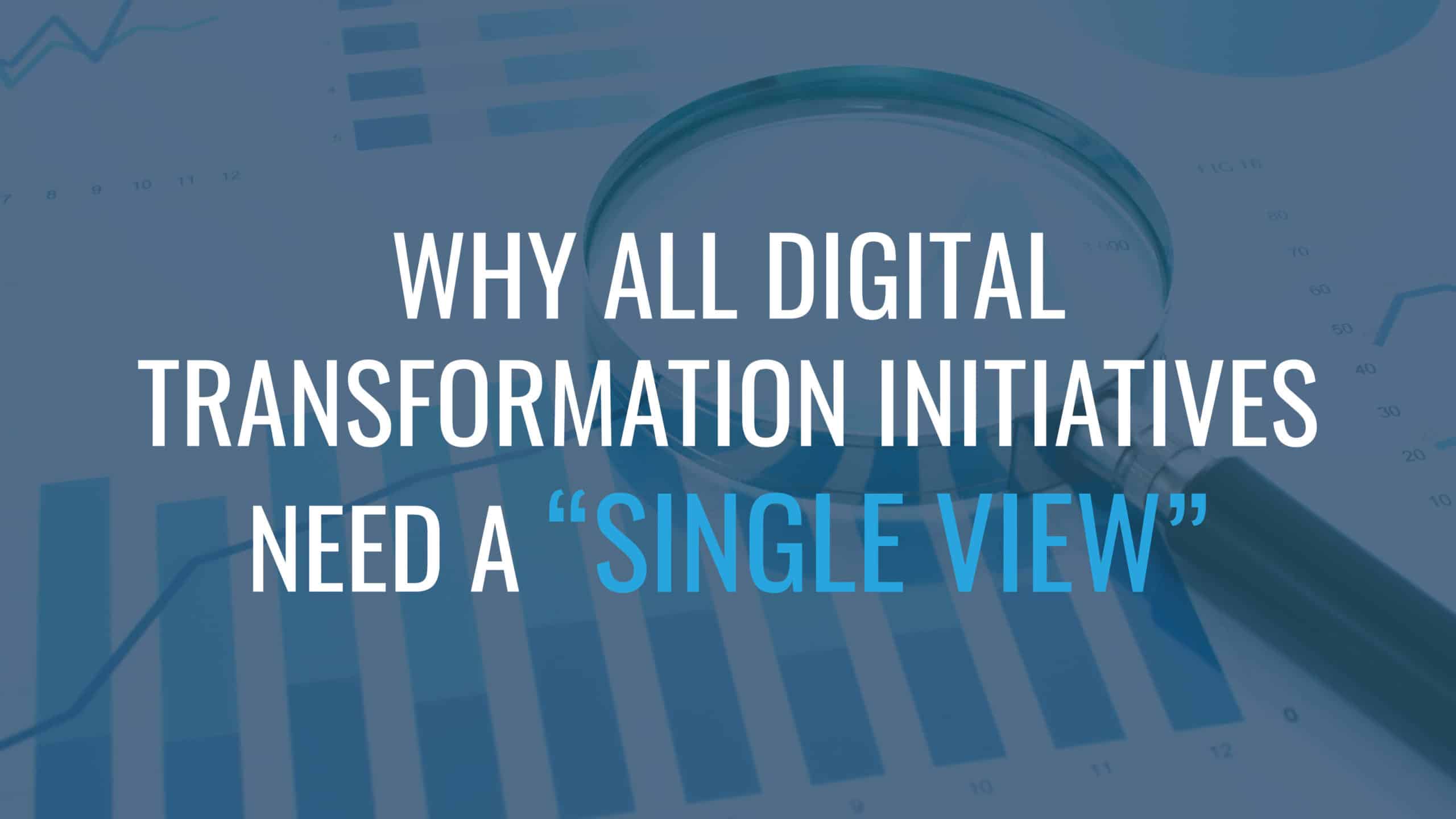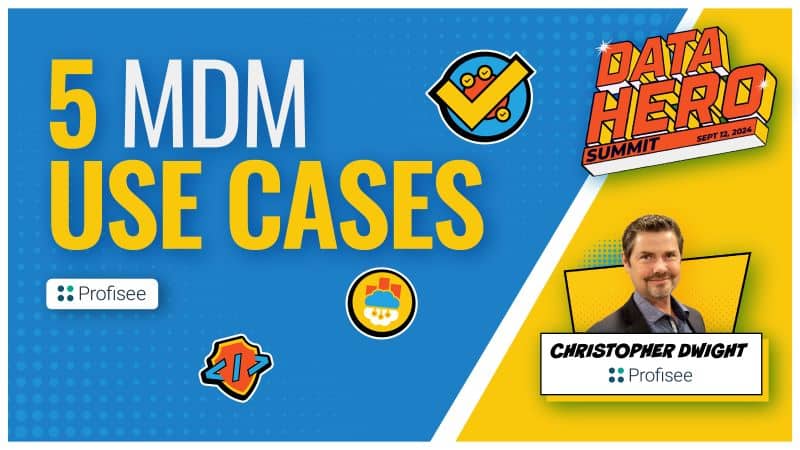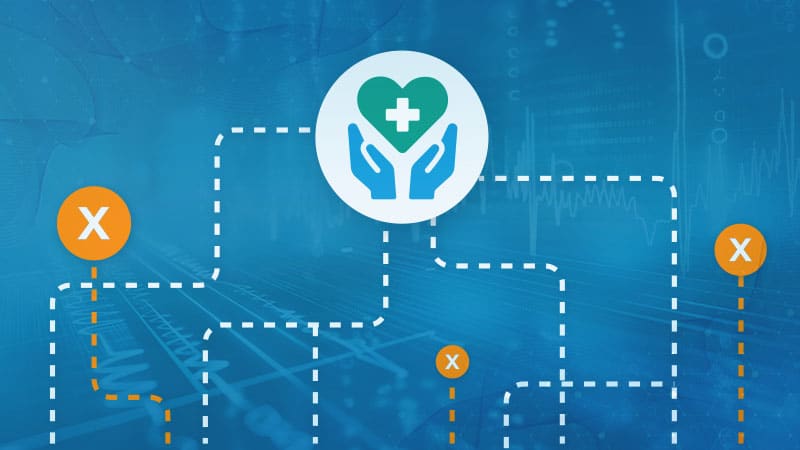As we have entered the era of the 4th Industrial Revolution, the number of companies who have heavily invested in digital transformation has almost doubled in the last two years.
Looking at companies like Google, Facebook and Mercedes-Benz who have seen tremendous success with digital transformation, we can see that all three have clear business strategies and strong foundations tied to their success. Specifically, strategies and foundation setting around solid data and infrastructures, qualified talent, innovation and optimized business processes were and still are the primary drivers and key contributors to the efficiency of their
digital models.
Yet, many organizations have serious challenges in executing successful digital transformation initiatives and have difficulty seeing measurable impacts KPIs and top or bottom line growth. Why is this?
Data is perhaps one of the least discussed challenges amongst the sea of digital transformation hardships organizations can face.
With the explosion of data generated and collected across the modern business landscape comes serious data quality challenges. Duplicate, disparate, inaccurate, incomplete, lacking standardization; these are some of the data quality challenges that impact strategic decisions, business process, customer information, financial reporting and more.
A proven approach to addressing these challenges is for organizations to implement a data governance program and create a single view of their data, whatever that view needs to be.
A “single view” of a specific data domain, such as the customer, would be described as an aggregated, consistent and holistic representation of customer data that can be viewed in one place, such as a single page.
In the case of a single view of customer, when successfully executed it gives an organization the advantage of leveraging a unified view of various data attributes such as demographic, purchase history, social behaviour, campaign engagement and more to use for purposes such as analysis to better target and personalize future customer interactions.
Single views of data domains can be leveraged by every function in an organization to support their digital transformation needs. Sales needs a full historical view of the customers and prospects they are interacting with, marketing wants to see campaign performance in relation to overall customer experience and executives look for a condensed view of all data and how it contributes to revenue and business growth.
As you would expect, these needs gave rise to a rapid increase in the number of tools targeted at solving specific problems and inadvertently create challenges around Shadow IT. Each has its own tailored data insight, with a few claiming to provide fully integrated solutions that tie data from different business areas into a single view. Unfortunately, the reality is that this integration is only in the form of a single login and billing system, but without a common dataset.
The best way to achieve this unified view of data is to leverage technology such as master a data management platform to create a single hub of all customer information and provide different views to the business from this repository.
This allows freedom from the one-size fits all solutions, provides clear data governance and accountability, eliminates the need for re-customization whenever a change is made to any of the connected tools and supports analysis to drive insights from customer data.
One of the key contributing factors to the success of a single view of the truth is reliable master data that is consistent across multiple systems.
In the case of a single view of customer, when master data is combined with other customer data the real 360-degree view is achieved.
Organizations reap the benefits of understanding their customers with a great depth of detail, gain the ability to reach them faster and more efficiently, and are able to create high quality experiences and services.
More broadly, the advantages of a single view of data can include:
- Targeted marketing and planning strategies
- Improved return on investment on marketing efforts
- Optimized and lean processes
- Compliance
- Increased efficiency and effectiveness of products and services
- Constant data synchronization across all systems ensures that data is always refreshed and readily available
As organizations continue to expand their digital transformation initiatives, it is necessary that the foundations they establish are capable to withstand the increasing volumes of data collected daily and that they have robust infrastructures underpinning it. It’s because of this that many organizations turn to a single view of data to help drive digital transformation success.
As you would expect, these needs gave rise to a rapid increase in the number of tools targeted at solving specific problems. Each has its own tailored data insight, with a few claiming to provide fully integrated solutions that tie data from different business areas into a single view. Unfortunately, the reality is that this integration is only in the form of a single login and billing system, but without a common dataset.
Interested in learning more about digital transformation? Learn why you digital transformation must be data-driven in the blog below.

Forrest Brown
Forrest Brown is the Content Marketing Manager at Profisee and has been writing about B2B tech for eight years, spanning software categories like project management, enterprise resource planning (ERP) and now master data management (MDM). When he's not at work, Forrest enjoys playing music, writing and exploring the Atlanta food scene.















